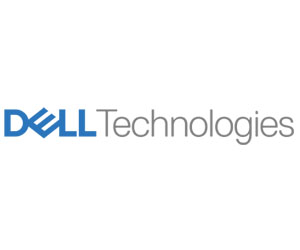Healthcare Data Continues to Multiply
About 30 percent of the world’s data is generated by healthcare — more than any other industry, according to RBC Capital Markets. Data silos are persistent industrywide as both legacy and new data continue to pile up in often antiquated systems, Giannopoulos says.
“We are creating more silos, with larger pools of data within those silos,” he adds. “It’s the same whether it’s in the U.S., the U.K. or any place that has electronic medical records and advanced clinical systems.”
The amount of data produced by clinical systems, billing and patient care has increased exponentially in the past decade. By 2025, healthcare data will increase by 6 percent — faster than manufacturing, entertainment and financial industries, according to RBC.
The COVID-19 pandemic accelerated the reliance on technology, and virtual care rapidly became more accessible to patients, making safe and practical data storage even more important, Giannopoulos says.
The amount of data collected has allowed clinicians to identify new patient concerns, including the specter of long COVID, but there are mountains of data yet to be understood.
Keeping Healthcare Data Results in Silos
“We need to move the data around, and we also need to have more advanced tool sets to be able to sift through that data,” Giannopoulos says. “Because what’s really clear now is that the rate of growth and the complexity of the data are not manageable. It’s just too much.”
Most healthcare organizations default to saving all patient data without giving much thought to how it will be accessed, says Roger Burnett, healthcare field director at Dell Technologies.
“Because the long-term value of some of that data is not necessarily understood, deciding to keep it is the default. Hence, we have increased proliferation of data silos,” Burnett says.
[Pull Quote: “What’s really clear now is that the rate of growth and the complexity of the data are not manageable. It’s just too much.” — Michael Giannopoulos, Healthcare and Life Sciences CISO and CTO for the Americas and Federal Healthcare Director of Global Alliances, Dell Technologies












